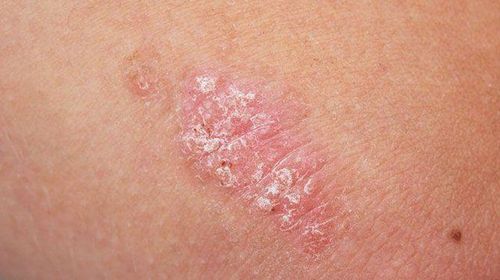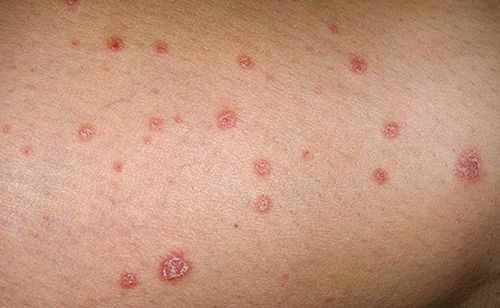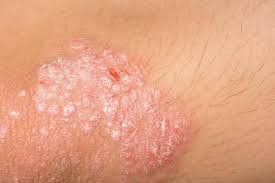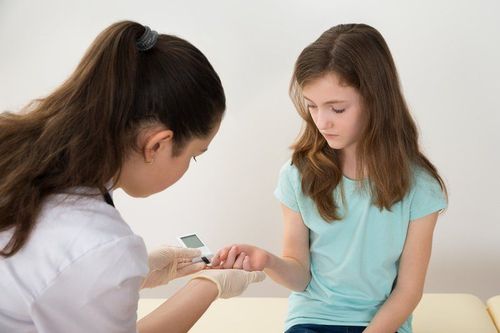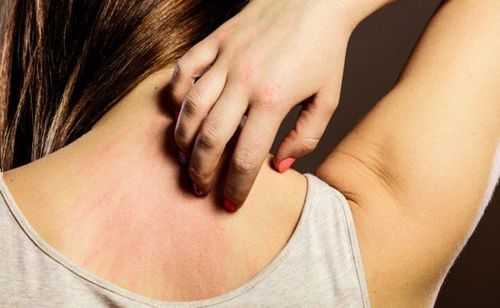This is an automatically translated article.
Most people only have one form of psoriasis at a time. Sometimes, after the symptoms go away, a new type of psoriasis develops when triggered by something. Here's how to recognize the 7 types of psoriasis and how to treat it.1. Plaque psoriasis
Plaque basal psoriasis is the most common form of psoriasis. About 8 out of 10 people with psoriasis have this form of the disease.
1.1 Symptoms
Plaque psoriasis creates areas of skin that are inflamed, red, and covered with discolored scales. These areas of skin cause itching and burning. They can appear anywhere on the body, and the places where they most commonly appear are:
Elbows Knees Scalp Lower back
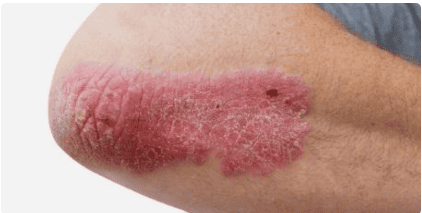
Vảy nến thể mảng thường xuất hiện nhất ở khuỷu tay
1.2 Treatment
Topical medicine: Using medications applied to the skin will be the first choice of doctors. Light therapy (phototherapy): A therapy that uses ultraviolet rays. You will receive this treatment in your doctor's office or at home with phototherapy equipment. Systemic immunosuppressants: These can be given by mouth, by injection, or by intravenous infusion.
2. Droplet psoriasis
Globular psoriasis causes small red and pink spots on the skin. Usually present in places like:
Anterior body Upper arms Thighs Scalp This form of psoriasis clears up within a few weeks, even without treatment. In more severe cases, treatment will be needed.
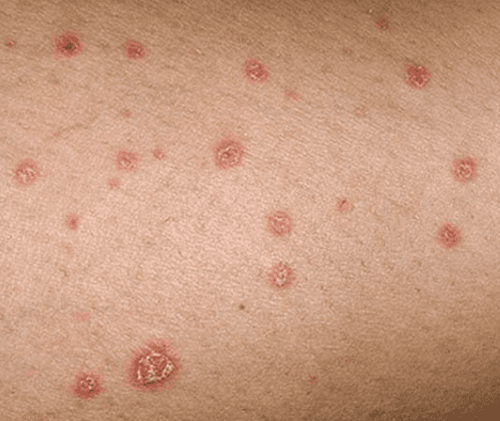
Vảy nến thể giọt sẽ khỏi trong vòng một vài tuần
3. Reversible Psoriasis
This form of psoriasis often has lesions on:
Armpits groin Skin below the breast Around the genitals and buttocks Symptoms include:
Red patches of skin that are bright, shiny, but no skin scabs appear. These patches of inflammation get worse when the person sweats and is rubbed. Common triggers for this form of psoriasis are:
Friction Sweating Fungal infections
4. Pustular psoriasis
Pustular psoriasis is uncommon and occurs mainly in adults. It causes pustules surrounded by red, red skin. This is a very serious form of psoriasis and patients with it need immediate medical help.
Symptoms include:
Fever Chills Nausea Rapidly increased heart rate Muscle weakness Triggers for this condition include:
Stopping systemic immunosuppressants or topical steroids in doses strength that you use on a large area of skin on your body. Absorbs too much UV rays from the sun without sunscreen. Infection. Exposure to certain chemicals.
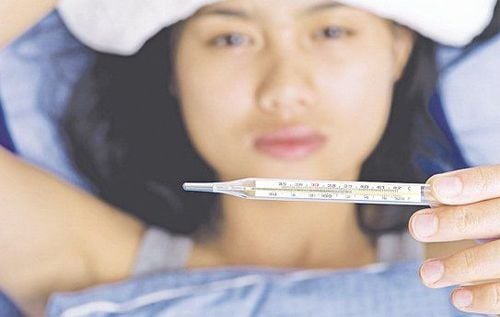
Vảy nến thể mủ gây sốt cao
5. Psoriasis all over the body
This is the rarest form of psoriasis, but it's also extremely serious. It affects the entire body of the patient and causes widespread areas of skin that are bright red like burns.
Other symptoms include:
Severe itching and peeling of the skin Rapid heart rate Changes in body temperature If you notice these symptoms, see your doctor right away. Patients with this type of psoriasis need to be treated in a hospital. This form of psoriasis also causes serious damage such as: Loss of protein and water, patients can also develop infections, pneumonia or congestive heart failure.
6. Nail psoriasis
Nail psoriasis is easy to appear in people with psoriatic arthritis, affecting your joints.
Symptoms:
Painful and fragile nails Nails change color (to a yellow-brown color)
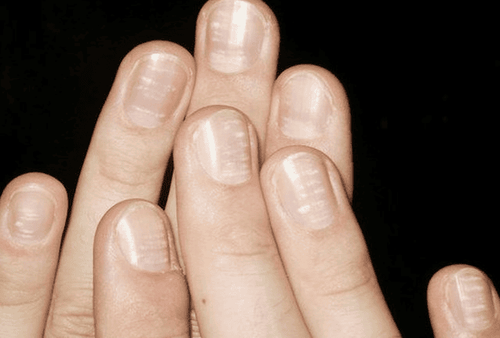
Vẩy nến móng tay ảnh hưởng đến các khớp xương của bạn.
7. Psoriatic arthritis
A condition when the patient has both psoriasis and arthritis. Symptoms:
Stiff and painful joints. It is worst in the early morning or after a break. Swollen fingers and toes. The joints feel hot and may even become discolored. Any questions that need to be answered by a specialist doctor as well as if you have a need for examination and treatment at Vinmec International General Hospital, please book an appointment on the website for the best service.
Please dial HOTLINE for more information or register for an appointment HERE. Download MyVinmec app to make appointments faster and to manage your bookings easily.




